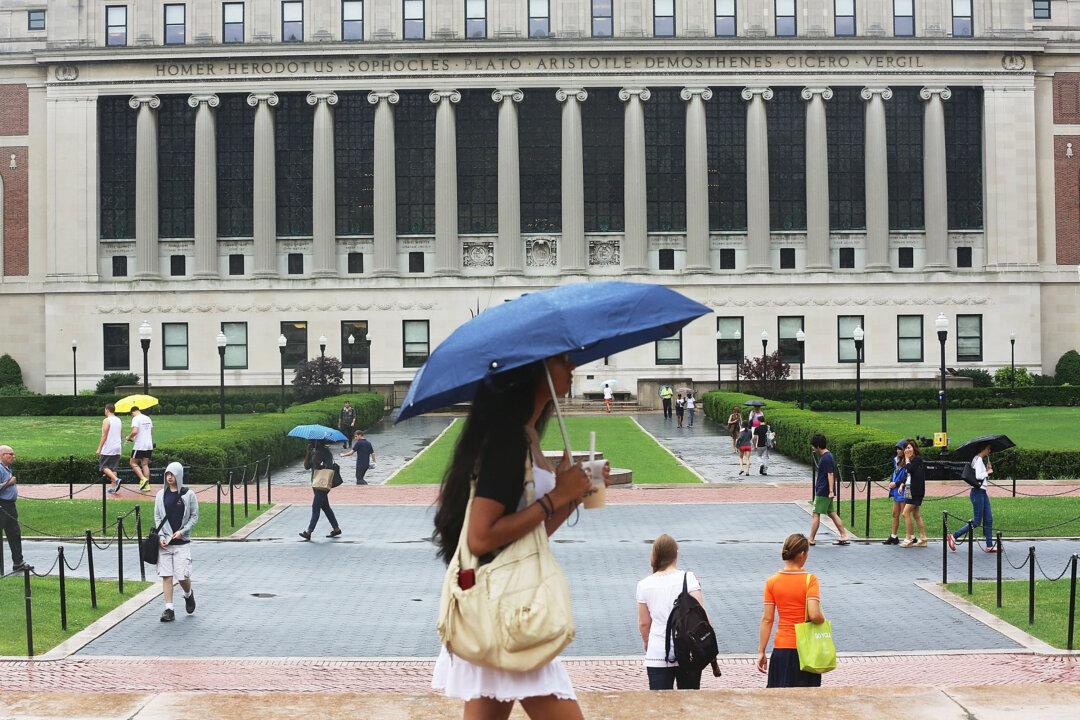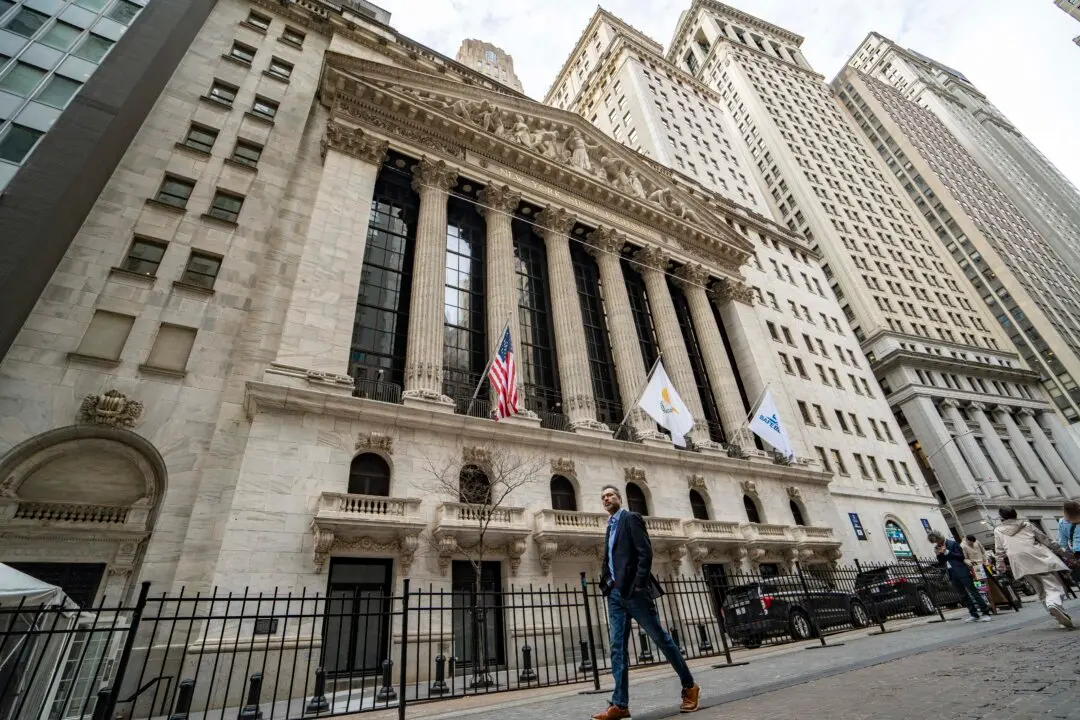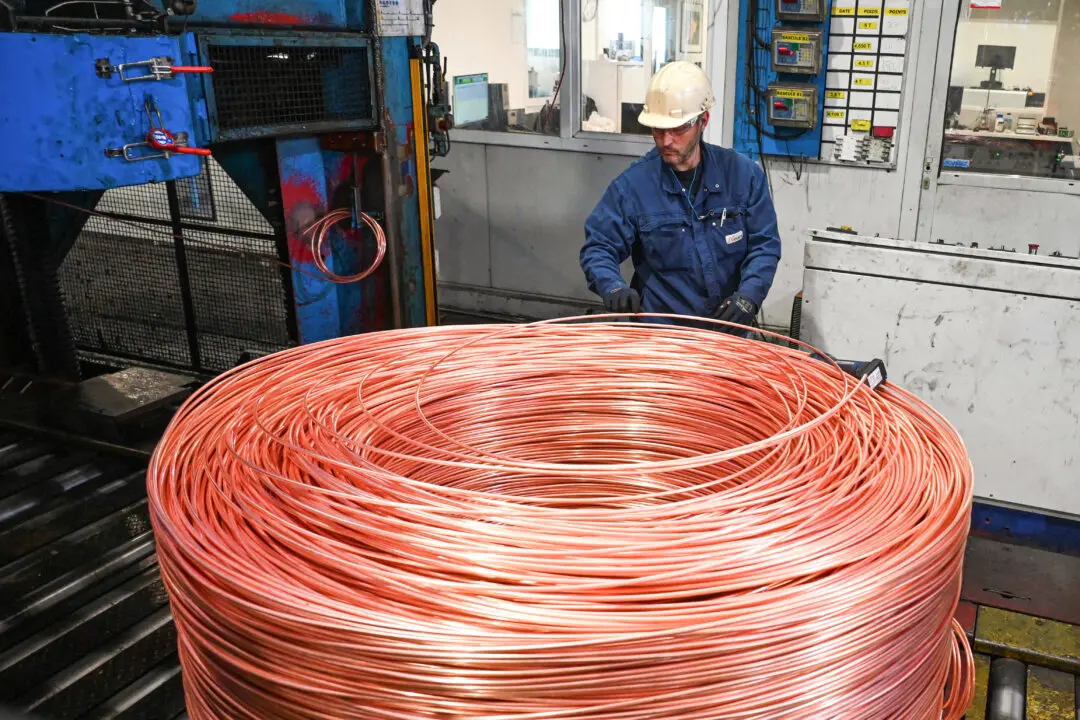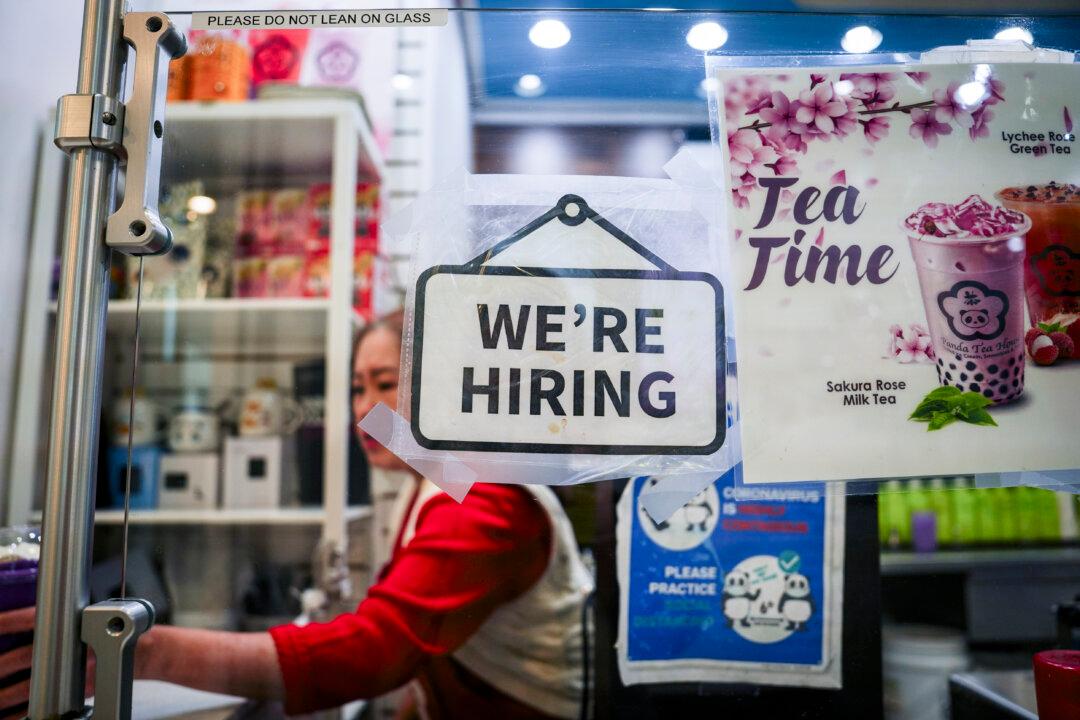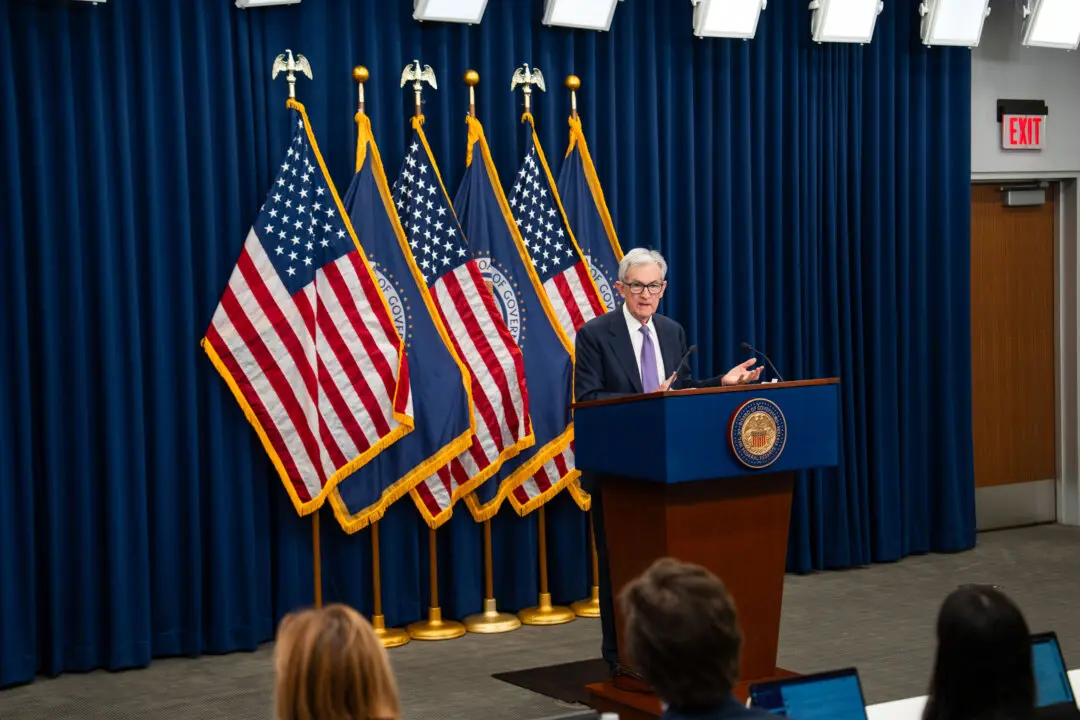Millions of student loan borrowers have not made payments since the pandemic-era pause on payments expired in October, according to new U.S. government data.
In a Dec. 15 blog post, Department of Education Under Secretary James Kvaal wrote that just 60 percent of the approximately 22 million people who had their student loan payments resumed have made a payment by the middle of November. This is equal to about nine million individuals who have not submitted a payment.
